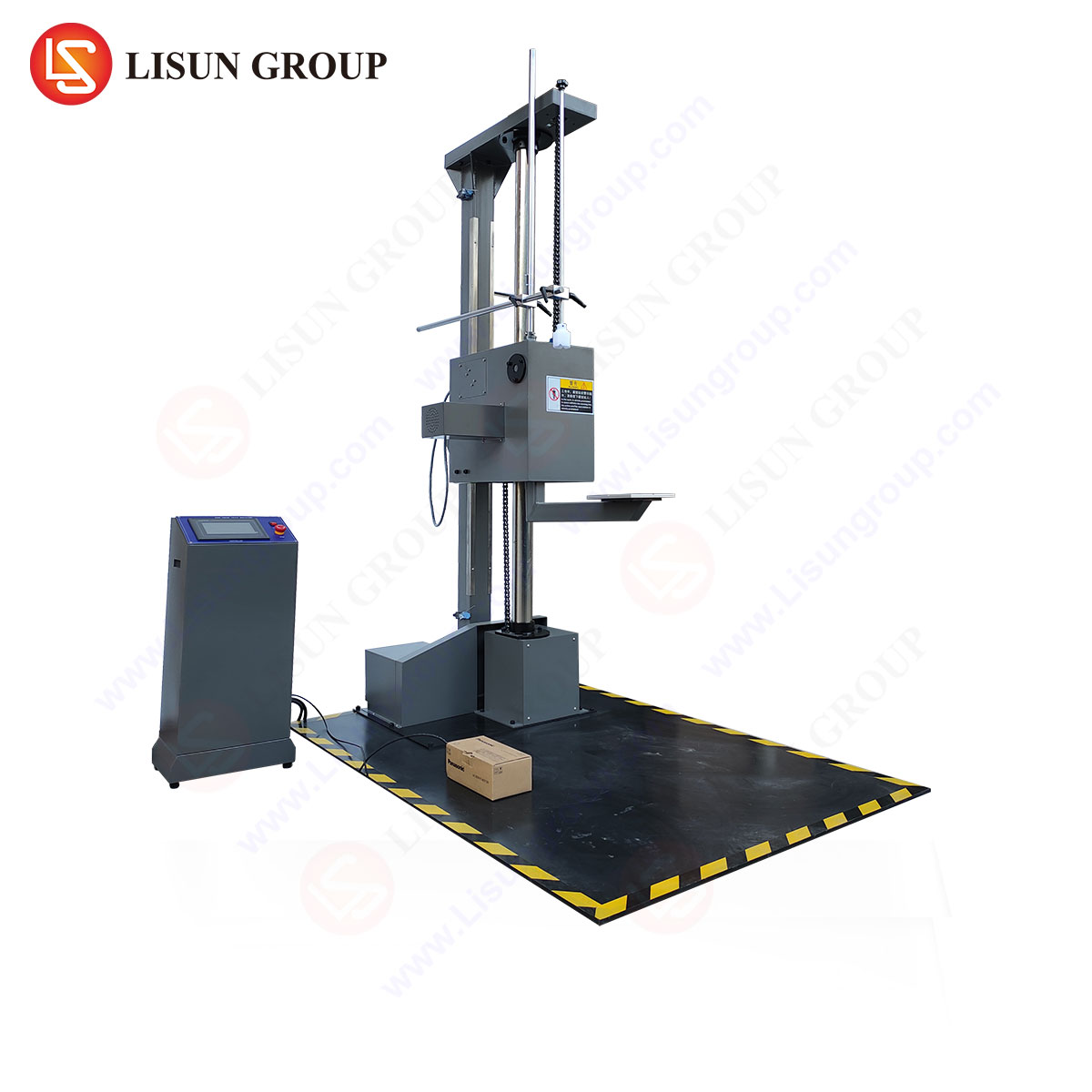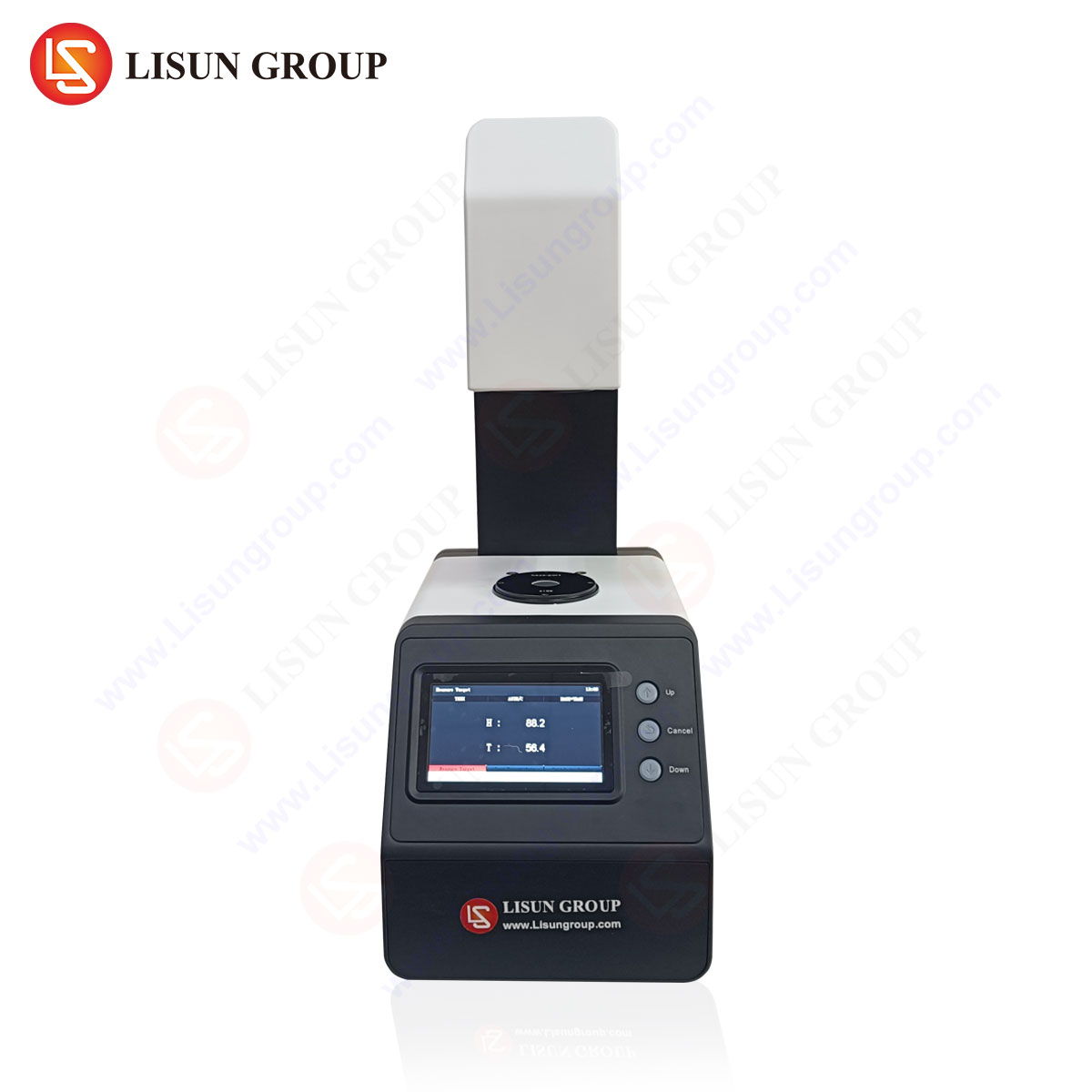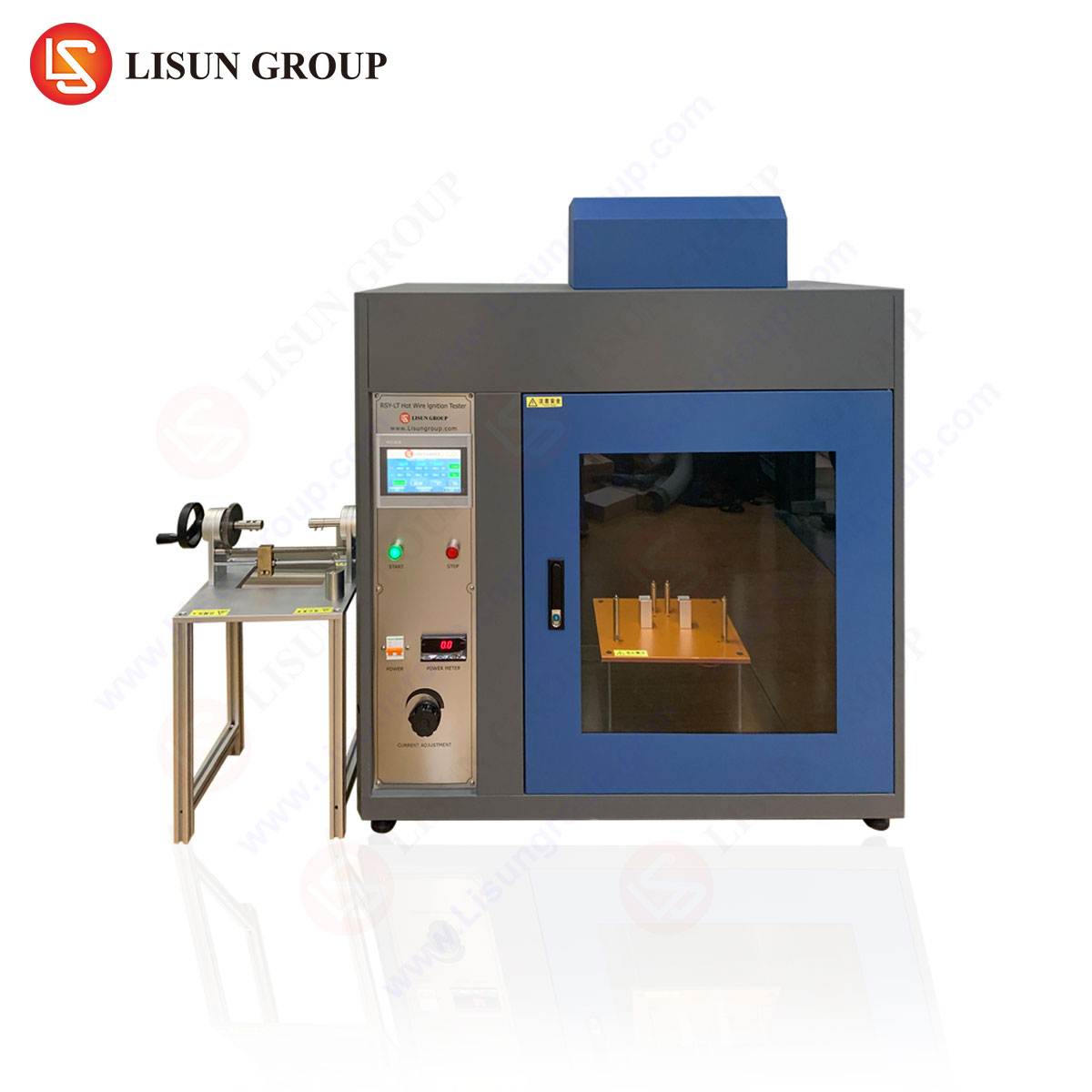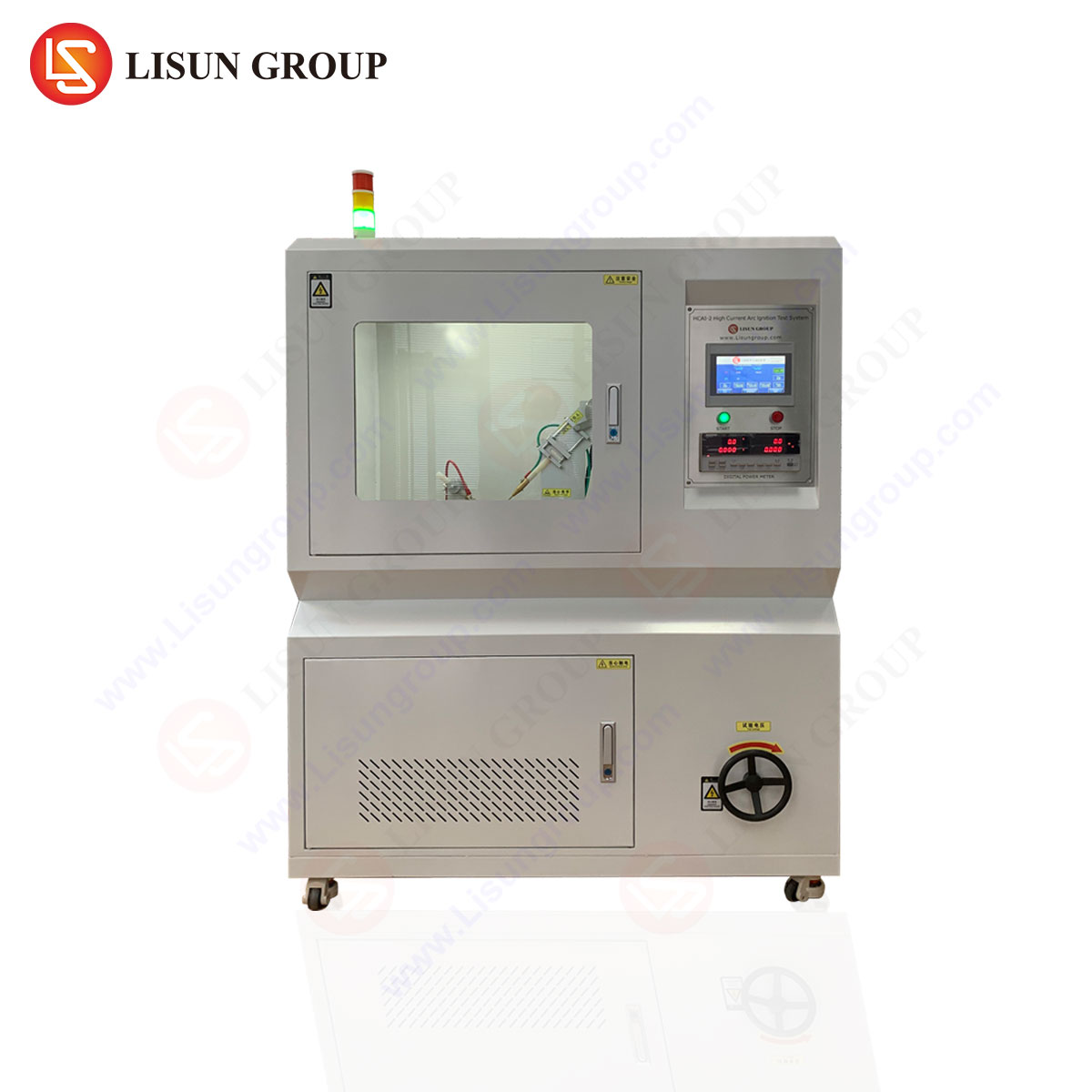The Role of Sulphur Dioxide Corrosion Testing in Modern Industrial Qualification
The relentless pursuit of product reliability across a multitude of industries necessitates rigorous environmental simulation. Among the most aggressive atmospheric contaminants, sulphur dioxide (SO₂) stands as a significant catalyst for accelerated corrosion, particularly affecting metallic components and protective finishes. The Sulphur Dioxide Test Chamber, a specialized apparatus designed to replicate and intensify these corrosive conditions, is therefore an indispensable instrument for validating material resilience, coating integrity, and overall product longevity. This technical examination delves into the operational principles, standardization, and critical applications of such chambers, with a specific focus on the implementation and advantages of the LISUN SQ-010 Sulphur Dioxide Test Chamber.
Fundamental Principles of Accelerated Sulphur Dioxide Corrosion
The underlying objective of sulphur dioxide testing is not to precisely mimic decades of natural environmental exposure, but to create a highly controlled, accelerated corrosive environment that yields reproducible and comparative data on material performance. The test methodology is predicated on the introduction of a metered volume of SO₂ gas into a sealed environmental chamber maintained at elevated temperature and high relative humidity.
The corrosive mechanism initiates when sulphur dioxide dissolves in the condensed moisture layer on test specimens, forming sulphurous acid (H₂SO₃). This weak acid can further oxidize to form sulphuric acid (H₂SO₄), a potent corrosive agent that aggressively attacks a wide range of metals, including copper, silver, nickel, and iron alloys. The reactions proceed electrochemically, leading to pitting, tarnishing, surface etching, and ultimately, functional failure of electrical contacts, connectors, and circuits. The accelerated nature of the test is governed by the Arrhenius equation, where the rate of chemical reaction approximately doubles for every 10°C increase in temperature, allowing weeks of chamber exposure to correlate to years of field service in industrial or urban atmospheres polluted with SO₂.
Architectural and Functional Design of the SQ-010 Test Chamber
The LISUN SQ-010 Sulphur Dioxide Test Chamber embodies a synthesis of robust engineering and precise environmental control. Its architecture is specifically conceived to ensure uniform distribution of the corrosive atmosphere, maintain stable test conditions, and guarantee operator safety.
The primary chamber structure is constructed from imported PVC plastic sheets, offering exceptional resistance to the corrosive internal environment and ensuring long-term structural integrity without contamination of the test atmosphere. For enhanced temperature resilience, an inner lining of CPVC (Chlorinated Polyvinyl Chloride) is employed. The heating system typically utilizes titanium or quartz heaters, materials selected for their immunity to acidic degradation. A critical component is the air circulation system, which often incorporates a PTFE (Polytetrafluoroethylene)-coated impeller fan. This ensures a consistent and homogenous mixture of temperature, humidity, and gas concentration throughout the workspace, eliminating stratification and ensuring that all specimens are subjected to identical stress conditions.
The gas introduction system is a hallmark of precision. SO₂ gas from an external cylinder is admitted into the chamber via a microprocessor-controlled mass flow controller (MFC) or a precise metering valve. This system delivers a highly accurate volume of gas to achieve and maintain the specified concentration, typically expressed in parts per million by volume (ppmV) or as a volume percentage. The chamber is equipped with a high-precision temperature and humidity sensor, providing real-time feedback to the PID (Proportional-Integral-Derivative) controller, which modulates the heaters and humidification system to maintain the setpoint values, commonly 40°C ± 1.5°C and a relative humidity above 85% RH.
Governance by International Testing Standards
The validity and recognition of test data produced by the SQ-010 chamber are contingent upon its adherence to established international standards. These standards prescribe precise parameters for gas concentration, temperature, humidity, test duration, and chamber construction to ensure inter-laboratory reproducibility. The SQ-010 is engineered to comply with, but is not limited to, the following key standards:
- IEC 60068-2-42: Environmental testing – Part 2-42: Tests – Test Kc: Sulphur dioxide test for contacts and connections. This standard is pivotal for electrical and electronic components, specifying a test concentration of 25 ppmV ± 5 ppmV for a duration typically ranging from 4 to 21 days.
- ISO 3231: Paints and varnishes — Determination of resistance to humid atmospheres containing sulphur dioxide. This standard is critical for evaluating protective coatings and paints.
- DIN 50018: Testing in a saturated atmosphere in the presence of sulfur dioxide. This is a longstanding and widely referenced German standard for material testing.
- ASTM B809: Standard Test Method for Porosity in Metallic Coatings by Humid Sulfur Vapor (“Flowers-of-Sulfur”). While not exclusively SO₂, it is related and demonstrates the chamber’s capability for similar corrosive vapor tests.
The programmability of the SQ-010’s controller allows technicians to create custom test profiles that precisely follow the soak cycles and environmental parameters dictated by these standards.
Industry-Specific Applications and Use Cases
The deployment of sulphur dioxide testing is critical in sectors where failure due to corrosive attack can lead to significant economic loss, safety hazards, or system-wide malfunctions.
Electrical and Electronic Components & Automotive Electronics: This is the primary application domain. The test is indispensable for qualifying connectors, terminals, relays, switches, and printed circuit board (PCB) finishes. A failure in a single connector within an automotive engine control unit (ECU) or a brake system sensor can have catastrophic consequences. The SQ-010 chamber helps manufacturers select appropriate platings (e.g., gold over nickel, palladium-nickel) and verify that no porous defects exist that would allow SO₂ to penetrate to the base metal.
Telecommunications Equipment and Data Centers: Network infrastructure, including servers, routers, and base station components, is expected to operate reliably for decades. Corrosion of backplane connectors, memory module contacts, or power supply units can lead to intermittent faults that are notoriously difficult to diagnose. Testing in an SO₂ environment validates the resilience of these critical components.
Lighting Fixtures and Outdoor Luminaires: Particularly for street lighting and industrial fixtures that utilize metal housings and heat sinks, SO₂ testing ensures that cosmetic corrosion does not degrade the product’s appearance and that functional corrosion does not compromise thermal management or electrical safety.
Aerospace and Aviation Components: While aerospace often employs salt spray (fog) testing, SO₂ testing is relevant for components exposed to volcanic emissions or certain industrial environments. Electrical systems and avionics boxes are tested to ensure utmost reliability.
Medical Devices: For diagnostic equipment, patient monitoring systems, and other medical electronics used in various global environments, resistance to corrosive gases is a key reliability factor. The SQ-010 assists in fulfilling stringent regulatory requirements for device longevity and performance.
Cable and Wiring Systems: The connectors and terminations at the ends of cables are vulnerable points. Testing entire cable assemblies ensures the termination seals and contact platings will not succumb to corrosive attack.
Technical Specifications and Competitive Advantages of the LISUN SQ-010
The LISUN SQ-010 differentiates itself through a combination of precision, durability, and user-centric design, as detailed in its core specifications:
| Parameter | Specification |
|---|---|
| Internal Volume | 300 Liters |
| Internal Dimensions | 600mm (W) × 750mm (D) × 900mm (H) |
| Temperature Range | RT +10°C to 50.0°C |
| Temperature Fluctuation | ≤ ±0.5°C |
| Temperature Uniformity | ≤ ±2.0°C |
| SO₂ Concentration | 0.1% to 1.0% vol. (adjustable, typically set to 0.033% or 330ppm for IEC 60068-2-42) |
| Heating Rate | RT to 40°C within 30 minutes |
| Chamber Material | Imported PVC Plastic (Outer), CPVC (Inner) |
| Controller | Programmable LCD Touch Screen PID Controller |
| Safety Features | Over-temperature protection, gas leakage alarm, automatic gas cut-off |
The competitive advantages stemming from these specifications are multifold:
- Superior Uniformity and Control: The advanced air circulation design and high-precision PID controller work in concert to maintain exceptional temperature and gas concentration homogeneity, ensuring that test results are consistent and repeatable across the entire specimen load.
- Enhanced Corrosion Resistance: The use of CPVC for the inner liner provides a higher temperature tolerance and greater resistance to deformation compared to standard PVC, significantly extending the chamber’s operational lifespan.
- Comprehensive Safety Protocol: The integrated gas leakage detection and automatic shut-off system mitigate potential hazards associated with handling toxic SO₂ gas, ensuring a safe laboratory environment.
- User-Friendly Programming: The intuitive touch-screen interface allows for easy setup of complex multi-stage test profiles, including ramping, soaking, and cycling, reducing operator error and training time.
- Standards Compliance: Its design is intrinsically aligned with major international standards, making it a trusted tool for laboratories requiring certified and auditable test data.
Methodology for Conducting a Standardized SO₂ Test
A typical test cycle using the SQ-010 chamber follows a stringent protocol. Specimens are first carefully cleaned to remove any oils or contaminants that could skew results. They are then placed on non-conductive, corrosion-resistant racks within the chamber, ensuring they do not contact each other and that surfaces are freely exposed to the environment. The chamber is sealed, and the test profile is initiated.
The chamber first stabilizes at the target temperature and humidity. Once stable, a predetermined quantity of SO₂ gas is injected. The concentration is maintained constant throughout the test duration, with continuous monitoring and minor automatic adjustments made by the control system. After the prescribed exposure period (e.g., 4, 7, or 21 days for IEC 60068-2-42), the gas is purged from the chamber via an exhaust system, often connected to a neutralization scrubber. Specimens are then removed and evaluated according to standard criteria, which may include visual inspection for corrosion products, measurement of electrical continuity, and assessment of functional performance.
Frequently Asked Questions (FAQ)
Q1: How does sulphur dioxide testing differ from standard salt spray (fog) testing?
Salt spray testing primarily assesses resistance to chloride-induced corrosion, which is highly aggressive and leads to rusting of ferrous metals. SO₂ testing, by contrast, creates an acidic environment that is particularly severe for copper, silver, and nickel alloys, causing tarnishing and leading to increased electrical resistance. It is more specific to evaluating the performance of electrical contacts and certain protective coatings in industrial atmospheres.
Q2: What are the critical safety considerations when operating an SO₂ chamber?
Safety is paramount. The chamber must be operated in a well-ventilated laboratory space. The exhaust must be vented outdoors or through a dedicated acid gas scrubber to neutralize the SO₂ before release. Operators must be trained in the handling of compressed gas cylinders and the use of personal protective equipment (PPE), including respirators and goggles, especially during specimen loading and unloading and cylinder changeovers. The built-in gas leakage alarm and automatic shut-off of the SQ-010 are essential safety features.
Q3: Can the SQ-010 chamber be used for mixed gas corrosion testing?
The SQ-010 is specifically designed as a single-gas (SO₂) test chamber. Mixed gas testing, which involves creating a precise atmosphere containing multiple gases like SO₂, H₂S, NO₂, and Cl₂ at very low concentrations (ppb level), requires a fundamentally different and more complex chamber design with advanced gas dosing and monitoring systems to prevent cross-reactions between gases.
Q4: How is the concentration of SO₂ inside the chamber measured and verified?
The primary method is through precise volumetric control during injection. The chamber’s control system calculates the required volume of gas to achieve the desired concentration based on the chamber’s internal volume. For verification and calibration, analytical methods such as using detector tubes or sorbent tubes followed by wet chemical titration (e.g., the West-Gaeke method) can be employed to periodically sample and measure the actual gas concentration within the chamber.
Q5: What is the typical lead-time required to see results from an SO₂ test?
While vastly accelerated compared to real-world exposure, SO₂ testing is not an instantaneous process. Standard test durations are typically 4, 7, 10, or 21 days of continuous exposure. The chosen duration depends on the specific standard being followed and the intended severity of the assessment. Therefore, the lead-time for results is the duration of the test cycle plus the time required for post-test evaluation and analysis of the specimens.







